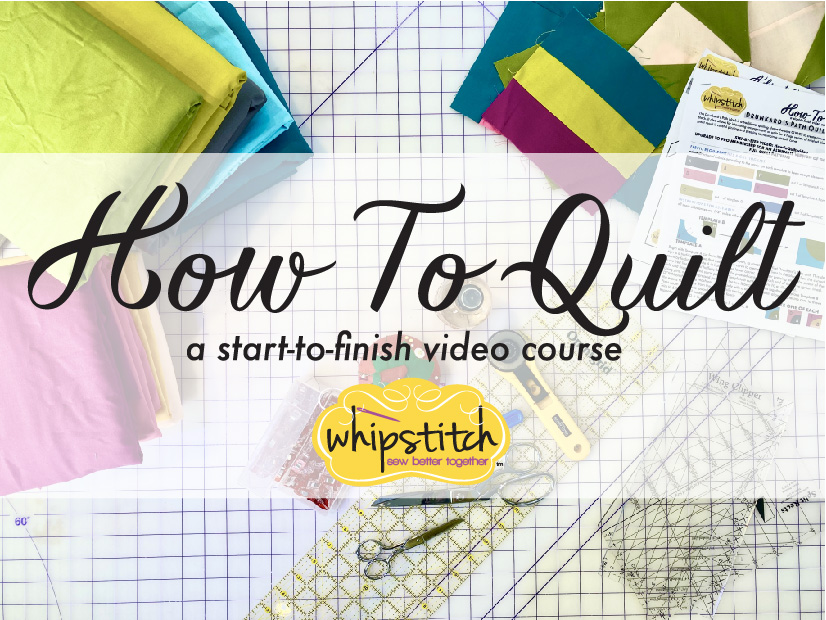Welcome to How To Quilt!
Getting Started: Fabric, Tools, and Preparation
Essential Quilting Skills
The Sampler Quilt Blocks
Rail Fence
You don't currently have access to this page. Register or upgrade your membership to see all the content and join in the fun!
